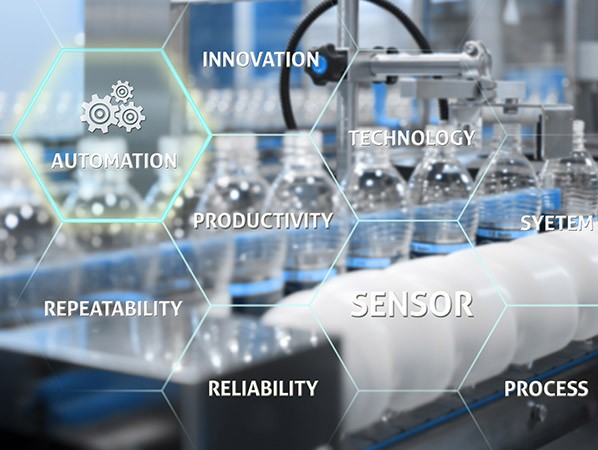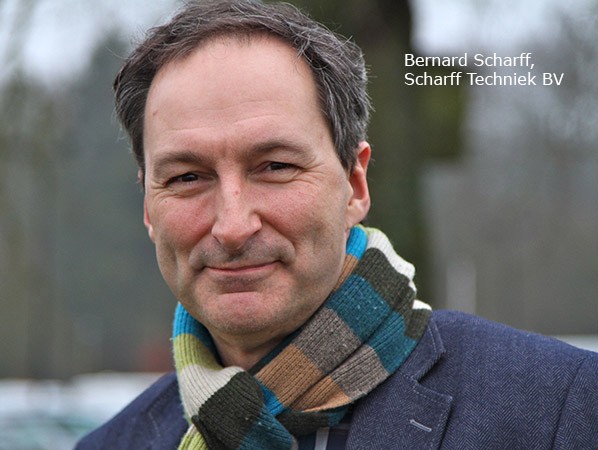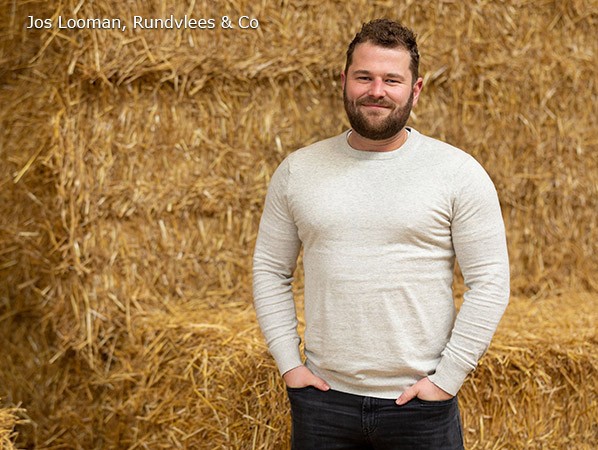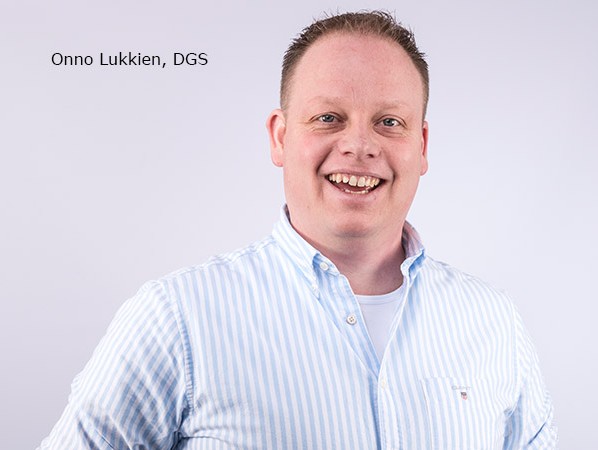
From farmer to supermarket, the food chain is influenced by trends and developments both inside and outside the industry. This means that engineering also has to keep up with the changes.
The growing demand for safe, healthy and fresh food products, the amendments in laws and regulations, the requirement for a having a transparent chain, changing demography, technological progress, and sustainability; these are all aspects that affect our food production and thus the machinery. The manufacturer of steam boilers, for example, has to respond to the discussion about using less gas and the meat processing factories digitise their weighing data of ingoing and outgoing trade in order to comply with the organic quality label requirements. Which trends and developments have the biggest impact on engineering? And what are the challenges? We let three experts from the branch do the talking.
Consumers and society have become more demanding when it comes to sustainability. The impact of nutrition on nature and the environment has to go down. "For us, this green way of thinking can be seen in the increasing demand for electrically powered steam boilers to replace steam boilers that run on gas", says Bernard Scharff. He is the CEO of Scharff Techniek BV, a company that delivers steam boilers and thermal oil boilers to producers of pasta, sauces, sausages, and ready meals. The boilers are used to heat and humidify the products. Scharff: "One of the reasons that our clients ask for electric steam boilers is because more and more industrial sites are now developed without gas connections. And another reason certainly is that they wish to contribute to a more sustainable world. We have been supplying these electric boilers for 35 years, but the latest models are in very high demand. They are also more modulating than the old models, and with more efficient power consumption". The electric steam boilers are still mainly suitable for food manufacturers that use no more than 400 kg of steam. Scharff: "For producers of ready meals, the current infrastructure of the power plants is still too limited for a larger capacity".

Food processing is inextricably linked to water consumption. The food, beverages, and tobacco industry is one of the largest consumers of groundwater and drinking water. This was established by Statistics Netherlands (CBS) based on recent figures (19 March 2019), collected from the Compendium site for the Living Environment. It is estimated that eighty to ninety percent of the water consumption by the industry is used for cooling.
Scharf Techniek BV also implemented innovative measures to reduce the water consumption: "We aim for a maximum return flow of condensate, so less new water needs to be used", says Bernard. Every little bit helps: the total water consumption by the industry in 2016 was significantly lower than forty years ago, despite the substantial growth of economic production activities. This is the result of the ongoing efforts taken by companies to limit the water consumption, for example by using closed water circulation systems and the recycling of process water.
Another sustainability issue is the growing focus on the reduction of food wastage. This trend was clearly picked up by machine factory DGS. Sales manager Onno Lukkien: "We deliver complete production lines to meat processing factories; from reception lairage equipment for slaughterhouses to packaging machines. Robotising and automation play an important role in this. At some lines, the cutting, transportation, packaging, and palletising is now entirely done by robots. This speeds up the process without any risk of contamination via human hands. To give an example: after the slaughter and processing of carcasses, the meat is automatically, and thus quickly, frozen. The quality of the meat is maintained and there is less wastage. Another example is the overhead transport system that we recently designed and delivered to a slaughterhouse. It is made entirely of stainless steel, including the hooks from which the meat is hanging. This reduces the risk of smearing and you increase the hygiene, which again reduces the amount of wastage". Rundvlees & Co, a wholesale company where the carcasses of mainly cattle are processed in technical parts, also took measures to avoid wastage. General Manager Jos Looman: "Cattle are laborious animals. That is why the main part of our production must be done manually. But wherever it is possible, we use conveyor belts to ensure a most efficient and hygienic process".

Something that is directly linked to sustainability is the demand for animal-friendly meat and organic products. Rundvlees & Co notices this rising demand for animal-friendly meat as well. Looman: "We also process meat for the Beter Leven (Better Life) quality label. The sales of these products have taken enormous strides over the past years. The result is that we have to comply with additional conditions. We need to weigh exactly how much meat is coming in and going out and submit such reports on a monthly basis. These weightings are now carried out automatically. By using barcodes that contain all the required data, we can ensure better control of the weight of the product flows.
Data that is digitally stored include the product kilos, provenance data, and production times. Systems generate more and more data and are increasingly often linked to each other. Onno Lukkien: "That is one of the reasons why we execute a large part of the trajectory in-house. The information provided by the farmer about the phase before cattle are slaughtered is also included in our digitisation system: how the animal was raised and fed, and which antibiotics the animal may have had". Looman adds: "Tracing your steak back to the ear tag number; that is where we are heading". Such measures meet the demand for transparency throughout the entire chain and they are necessary to enlarge the consumers' trust in food safety. A recent study conducted by ING shows that more than fifty percent of all consumers want to know more about the production of the food they eat, and especially about meat (24%). This information can be obtained through quality labels and QR codes on the packaging. This last option has already become a popular way to meet this desired transparency: research by ABN AMRO, in collaboration with GfK and conducted in 2018, shows that 46% of the consumers sometimes use QR codes.

Consumers want more than just additional information about their food, they are also more demanding when it comes to nutrition itself. The motto 'one size fits all' no longer applies; individual nutritional needs are more and more becoming the focal point. The branch focuses more on specific target groups such as vegetarians, vegans, and people who are lactose or gluten intolerant or who have specific dietary preferences. Another aspect to take into account is ageing: the number of single households is increasing and elderly people need more proteins and less high-energy food. These developments require, amongst other things, more ready-made meals, single portion packages, and a fast-changing variety of products. Lukkien: "Our clients produce and package at supermarket level, but retail is an unpredictable branch. It must be possible to adjust the settings of machines in a minimal amount of time, and the many foreign employees who work at our clients must be able to do that as well. This is why our machines now often include programmes with icons instead of written manuals, to make sure that all nationalities can easily learn how to use the machines".
Apart from being manageable and easy to operate, machines must also have a highly hygienic design. With the recent food scandals and recalls, the requirements regarding food safety have been raised more and more. Looman: "We take hygiene and food safety extremely seriously and we hire a consultant who gives us advise on that as well. We have, for example, a metal detector that scans our products automatically. This reduces the risk of a stray needle accidentally left behind by the vet, or a screw from the machine to zero". Bernard Scharff also recognises the large focus on food safety, so the steam boilers he delivers now include microfilters. He explains: "When you inject foods with steam, remnants of bacteria – although they are dead – or loose particles from the steam net can get into the products. The microfilters make sure that this cannot happen". There is so much more to say about the theme of food safety, so we go much deeper into this our next issue (the May issue) of Vakblad Voedingsindustrie.
Pictures: Main picture: ©Molpix/Shutterstock.com, Jos Looman: ©James Media
Source: © Vakblad Voedingsindustrie 2019